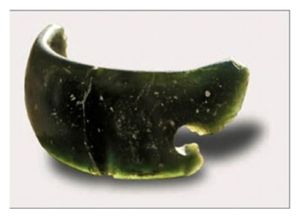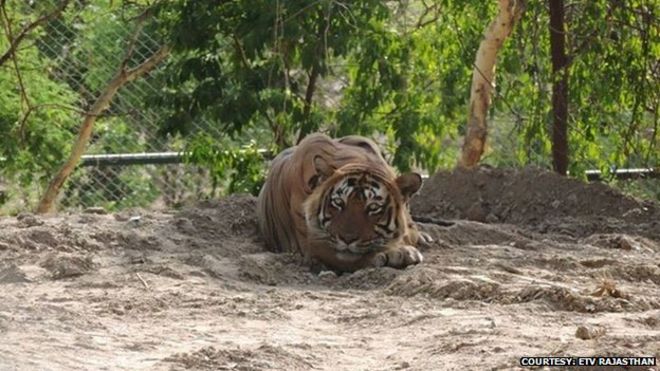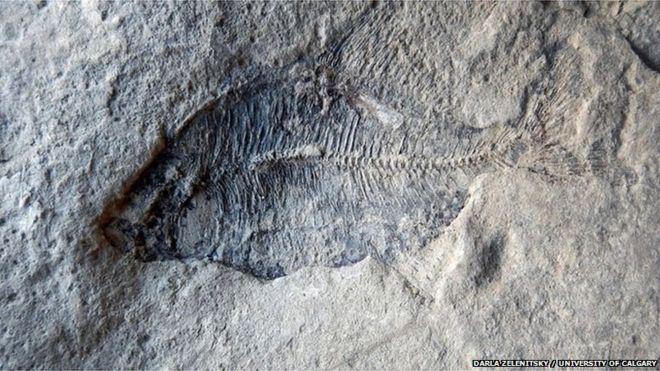Teacher Karstein Erstad found thousands of live worms on top of the snow
There have been reports of worm rainfall in Norway following his report
Mr Erstad says the 'very rare phenomenon' happened in Sweden in 1920s
PUBLISHED: 18:49, 16 April 2015 | UPDATED: 20:48, 16 April 2015
Thousands of live earthworms have been falling from the sky in Norway - a rare phenomenon being reported across large swathes of the south of the country.
A biology teacher discovered the worms on the surface of the snow while he was skiing in the mountains near Bergen at the weekend.
Numerous reports have been coming in after he told his story, and there have been sightings of worm rainfall.
Teacher Karstein Erstad told Norwegian news website The Local: 'When I found them on the snow they seemed to be dead, but when I put them in my hand I found that they were alive.'
Initially he thought they had wiggled their way through the snow, but dismissed this when he realised it was up to a metre deep in some places.




 The fish fossils were found in rocks which are 60 million years old
The fish fossils were found in rocks which are 60 million years old














